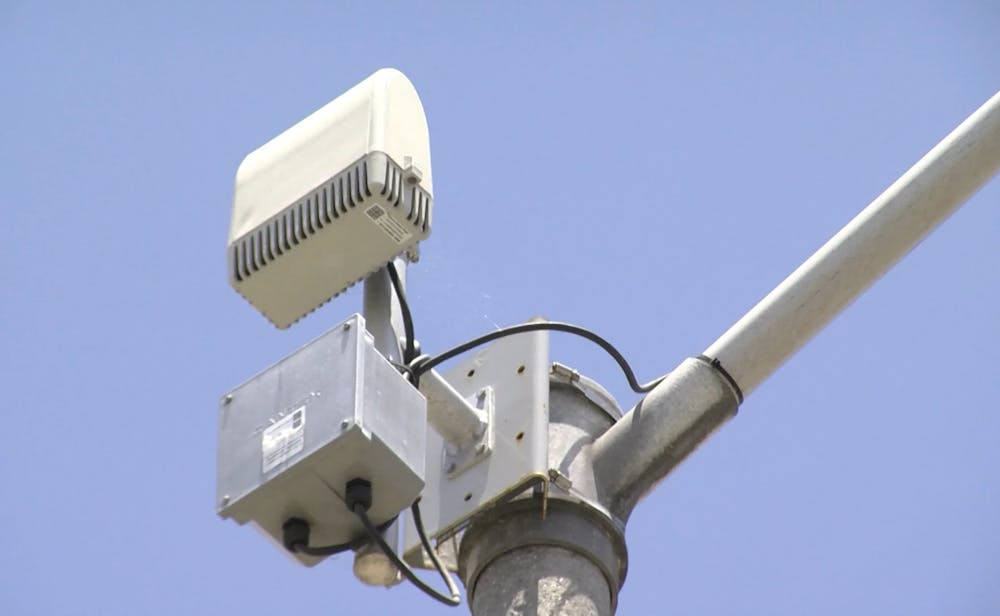A controversial gunfire detection software that Durham is piloting failed to notify police after a drive-by shooting outside of a Subway restaurant in east Durham on Jan. 1.
One juvenile and one adult were hospitalized with serious injuries while the other three victims were treated for non-life-threatening injuries. The police have said that all victims are expected to survive.
The shooting, which occurred on North Miami Boulevard, fell within the three square miles that the gunfire detection software, called ShotSpotter, was monitoring. The area, which represents only 2.7% of the total landmass of the city, is where roughly one in three gunshot wounds occur.
“We did not receive a ShotSpotter alert for this shooting incident. DPD has been in contact with ShotSpotter representatives and their engineers are going to look into the incident,” a police spokesperson told the News & Observer on Wednesday.
In its contract with Durham, ShotSpotter promised a certain level of gunfire detection excluding the 48 hours surrounding New Year’s Eve and July 4 because fireworks are widely used. Therefore, this failure of detection will not count against the company’s commitment. The contract also specifies that a shooting is detectable only if it occurs “fully outdoors in free space” with no silencer being used.
"If it was indeed a drive by shooting, the technology is not designed to pick up acoustical signatures from inside a vehicle or a building," Mayor Pro Tem Mark-Anthony Middleton told WRAL News. "And if you combine a vehicle, and moving as well, the sensors aren't really designed or attenuated to pick up those type of incidents."
In 2022, 247 people were shot in Durham. The county began its one-year pilot of ShotSpotter technology on Dec. 15 after several months of delays. The system relies on sensors placed on buildings that notify police if gunshots are detected, bringing police to an area even when a 911 call is not made. When the sensors are triggered, audio is sent to ShotSpotter’s “Incident Review Center” where it is manually confirmed as gunfire or explosions.
“Our hearts go out to the community impacted by the recent mass shooting that took place over the weekend in Durham, NC. We are investigating the incident and intend on providing a full report to Durham Police Department,” a ShotSpotter spokesperson said in an email to the News & Observer.
ShotSpotter technology has been a recent subject of controversy both in Durham and in the several other cities in which the technology is being used. In September, the Durham school board voted to prohibit ShotSpotter from installing its sensors on school campuses, four of which fell within the 3 square miles being monitored by the technology. One board member called the technology an “item of surveillance” that would send the wrong message to students.
Concerns have also been raised that the technology would bring a heavy police presence to certain neighborhoods while potentially increasing instances of racial profiling. A study conducted by Northwestern University’s MacArthur Justice Center found that most ShotSpotter alerts did not result in police reports of crime and instead “[sent] police on thousands of unfounded and high-intensity deployments, which are focused almost exclusively on Black and Latinx communities.”
Get The Chronicle straight to your inbox
Signup for our weekly newsletter. Cancel at any time.

Jazper Lu is a Trinity junior and managing editor of The Chronicle's 119th volume.

